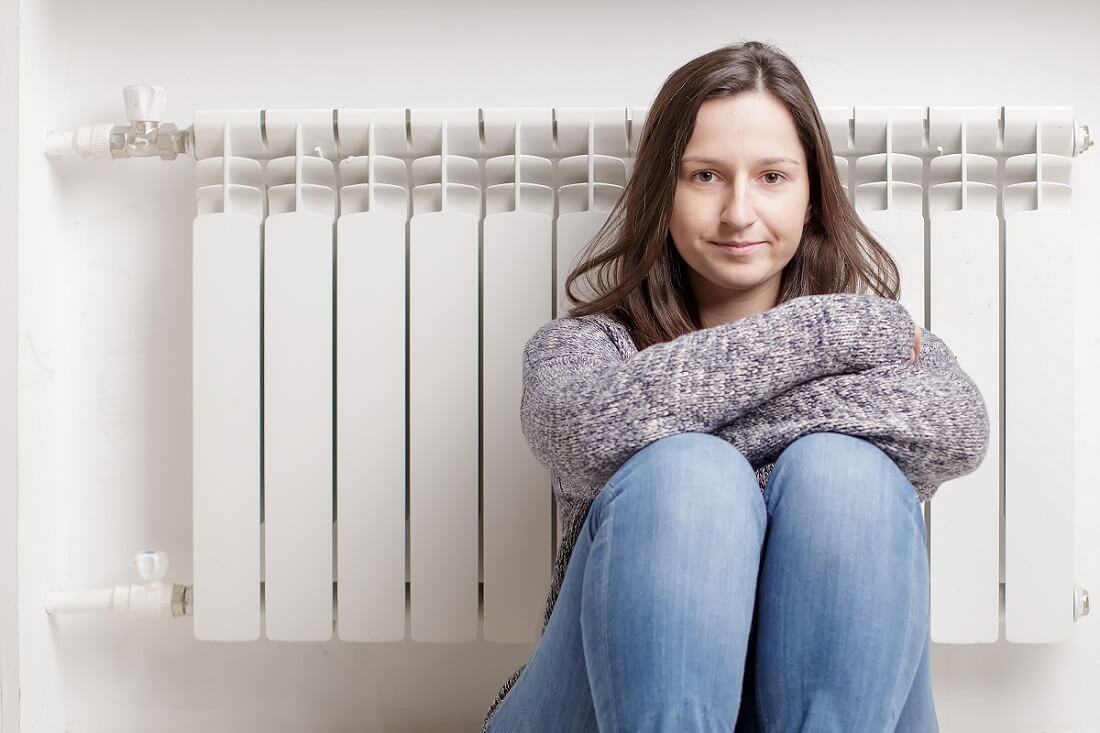For some people, winter is all about a hot cup of coffee, a comfortable and warm indoor environment. Unfortunately, for others who got serious winter allergies, it is time for their allergies to get triggered because of the indoor heating system. Most allergies are from heaters, which affect people who struggle in winters with sinus issues. If you are one of them, taking preventative measures before the winter season might help.
Winter allergies are seasonal allergies that get harsher when winters return. Allergies from the heater are mostly caused by dust particles that gather in the filters all year around.
Read on further to find out how heaters trigger winter allergies and how to prevent them?
How Can Heaters Trigger Winter Allergies?
The heater is one of the main causes of winter allergies. When you finally turn on your furnace again in winter to warm up your house, it doesn't only spread warm air. It let out all the dust and mold that have accumulated in the heating vents. It can cause seasonal allergies like coughing and headaches.
Allergies from heaters can also be triggered in winter by low levels of humidity in your house. The heater reduces the humidity to the degree that irritates the nasal lining and worsens your allergies. Too much humidity also increases the growth of mold bacteria. So keep the humidity level balanced or use a nasal spray to cure winter allergies.
The heater can create congestion which is another kind of trigger for allergies from the heater. It makes the nasal passage dry, which makes the nose sensitive toward allergies. That's why it's really important to keep your nasal passages moisturized during winters.
Most common allergens can increase allergies that trigger because of the heater.
Dust and mold: Dust mites and their poop are usually found in damp environments. When you turn on your heating device it can increase. The solution lies in regular washing and cleaning of bedding.
Pet hair: Pets, like cats and dogs, leave hair on surfaces like carpets and beds can increase your allergies.
Cockroach droppings: They are found in dark and humid areas of your house, like kitchen cupboards, and can increase the likelihood of allergies.
Symptoms:
Here are some common symptoms of allergies that can be formed during winters.
- Breathing difficulty
- Dry coughing
- Sneezing
- Runny nose
- Itchiness in eyes, ears, and throat
- Skin rashes
These allergens, if not controlled, can lead to several symptoms such as asthma, exhaustion, anxiousness, and tightness of the chest.
1) Prevention
First and foremost, to get rid of all allergens before winter comes, you need to improve your indoor air quality. Follow the below-mentioned preventative measures and stay safe from allergies that can happen because of the ducts or bacteria being blown out from the heater.
- Deep clean the filter of the heater after every 6 months.
- If your heater is old it might not work properly; because, all the dust that accumulates over time affects its performance, so it is recommended to change the heater, or call a heater technician for help
- Keeping indoor humidity levels below 50 percent helps kill the allergens in your house.
2) Medical Treatment
Using preventative measures doesn't mean you will not contract any allergy if you already have some symptoms. Here are some clinical treatments that can help if you do get any allergies because of the dust that your heater.
We recommend contacting your doctor first before using any of the treatments:
Counter allergy medication: Fexofenadine or other Antihistamines can effectively relieve symptoms
Nasal sprays or nasal irrigation treatment: By nasal irrigation, clean water passes out through your nasal passages to clean out the allergens.
Need the help of a heater technician that can provide heater service including; changing ducts, or cleaning filters of your heater? Contact Heating Experts right now!
We are only a call away, 1300 100 040.
